In honor of the birthday of legendary director Tobe Hooper, we take a look at the rise and fall of his career and his influence on the genre.
Tobe Hooper. Head Cheese.
The first thought when I hear his name is a man and his film crew ducking a wild Gunnar Hansen twisting in circles with a live chainsaw while they continue to film the giant man’s twisted dance macabre. We all know the conclusion of the legendary Texas Chainsaw Massacre (1974) where Leatherface is in a shark frenzy, as the sole survivor escapes from the mad family’s clutches. The close up ends with a quick cut of the cannibal, caught in his frenzy in a snapshot.
Now, as the director’s birthday is upon us, I thought I’d look further into the man’s career — the man who gave us the mass murdering, masked Uber killer character and opened the door of the slasher horror genre to the mass audience.
I knew about Hooper as a casual fan; I knew he was a documentary filmmaker and college professor who made his mark with a low-budget movie about a family of cannibalistic, inbred Texans that helped change the shape of the genre forever.
Texas Chainsaw Massacre captured the dread and confusion of its time and altered the way people saw the movies, as many viewers believed this was an actual documentary and they had witnessed a snuff film. Leatherface became the father of the serial killing undesirables from Wrong Turn, Jason from Friday the 13th, and countless others who would follow in the big guy’s giant footsteps.
Amazingly, I didn’t know Hooper directed the 1970s version of Salem’s Lot, which I saw as a child — mesmerized by the dark vision of a vampire arise in a community. Yes, I lost a few nights of sleep with that one. And no, my teddy bears didn’t fail to defend me against the “vampires” that lived in my town. A few years back, I recall watching the series, and while it shows its age, the air of dread remained.
I recognize now the similarity between the two films, as both project a feel and sensation of loss and control by a terrifying being that wants to destroy your whole existence — the dread never stops.
My other favorite Hooper film was The Funhouse (1981), which most non-horror fans are unfamiliar with. I love the slow creeping pace of the movie, as Hooper draws us in, with the creepy atmosphere of the carny world and another disturbing man behind the mask, as well as the twisted story. Hooper had a thing for monsters behind masks. Perhaps he knew, even though the masks hide our faces, they signal our intentions; we lose our humanity behind masks.
I heard about the Poltergeist legend (did he direct, or was it Spielberg?), and I yet loved it. In my eyes, it is definitely a Hooper film.
I later saw and was disappointed with TCM 2 (1986). It was a dark, disturbed satire of itself, with Leatherface and clan facing off against a madman sheriff, played by Dennis Hopper. But, by the time it was released, Hooper had already begun his descent from fame, and his audience became confused about his focus.
Lifeforce (1985) was Hooper’s attempt at alien/sci-fi horror, where the main villain was an attractive woman/vampire/alien being. The alien wasn’t the average vampire, no bloodthirsty monster. This time the monsters were sucking the energy out of humans, and like all plagues, threatening to end all life on earth. The dark, dreary landscape, and the feeling of being alone while the world collapses again was his focus.
The film wasn’t a commercial success, but it did become a cult classic, known for the female alien’s nakedness through a large part of the film. Unfortunately, the fifteen minutes cut from the film, combined with a horrific editing job, inevitably doomed the movie.
The failure stagnated his career, and it may be that his fluid and organic method of filmmaking wasn’t sustainable for long-term success. He later directed TV shows and other less successful films, like Invaders from Mars, an under-appreciated kiddie horror film). But his attempt to recreate the look of a fifties film doomed the movie in an era of advancing special effects.
Though Hooper may have been drawn to sci-films, he was at his best and most influential working in realm of true horror.
As time passed and even after the success of Poltergeist, he failed to receive the recognition and respect he deserved. He ended up directing a few horror-related TV shows during the late 80s and 90s, including Tales from the Crypt, Amazing Stories, and Masters of Horror. While he still made films in the later years of his career, nothing came close to the work he did when he was just starting out.
He passed away far too early, sadly never again achieving the level of fame and notoriety that came with his first feature film. Like other groundbreaking directors, such as Orson Welles, he left our world perceived by many as never fulfilling his potential. Perhaps trapped in the genre, he had the artistic talents to extend his directorial talents in any field — a true underrated auteur.
The fact his big film came so early in his career, he could only fail in the sense of topping TCM in accolades and earnings. But, despite his unfortunate lack of mainstream commercial success, it’s difficult to see him as a failure given the impact he has made on the genre.
Tobe was the right person for the right job, and he will always be here with us, living on in the work that has helped shape and evolve horror as we know it.
Head Cheese.
Ironically, the original name for Texas Chainsaw Massacre.



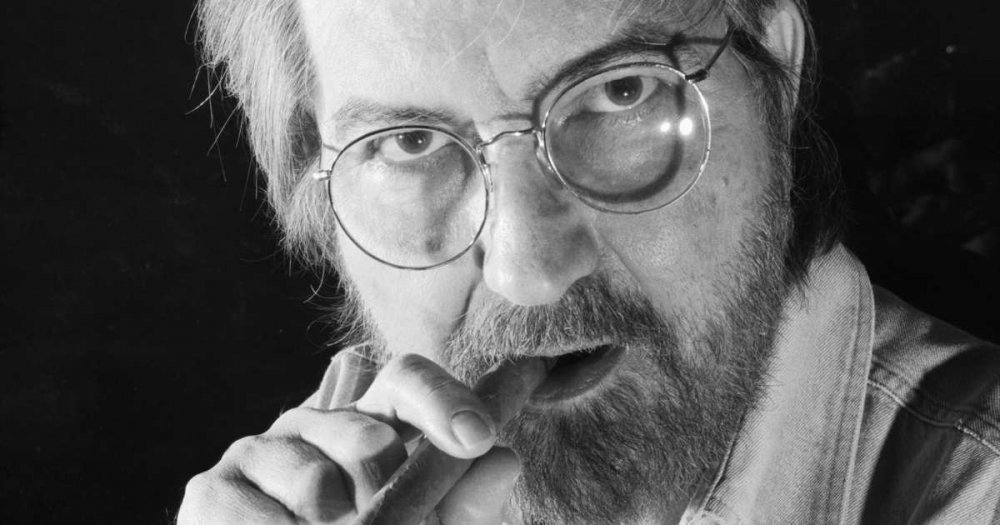
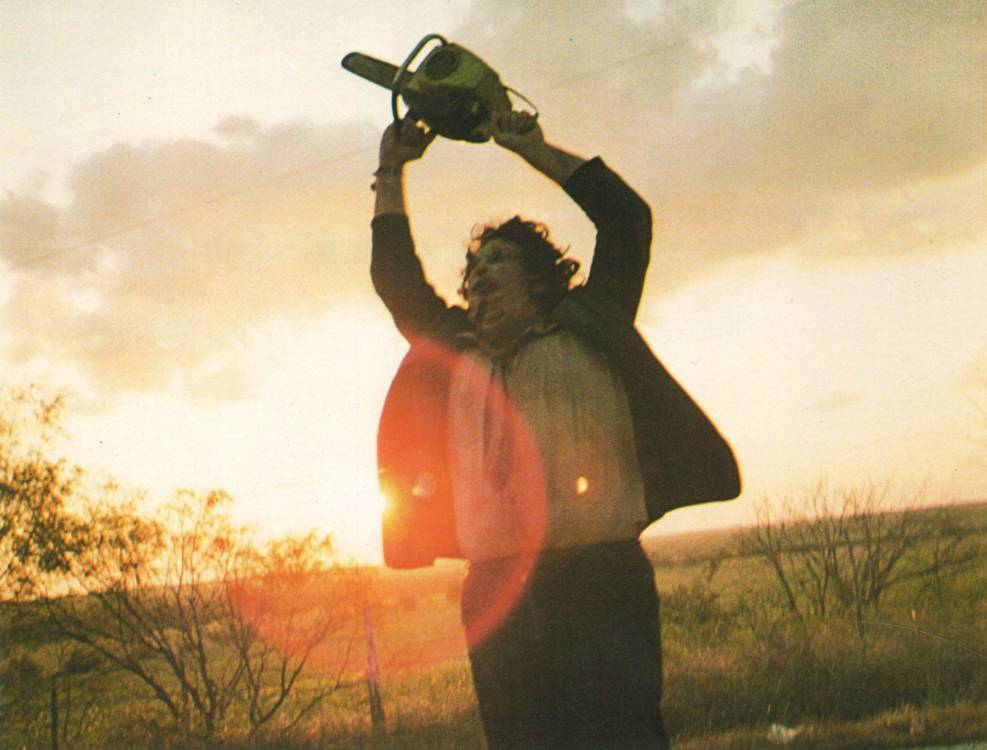
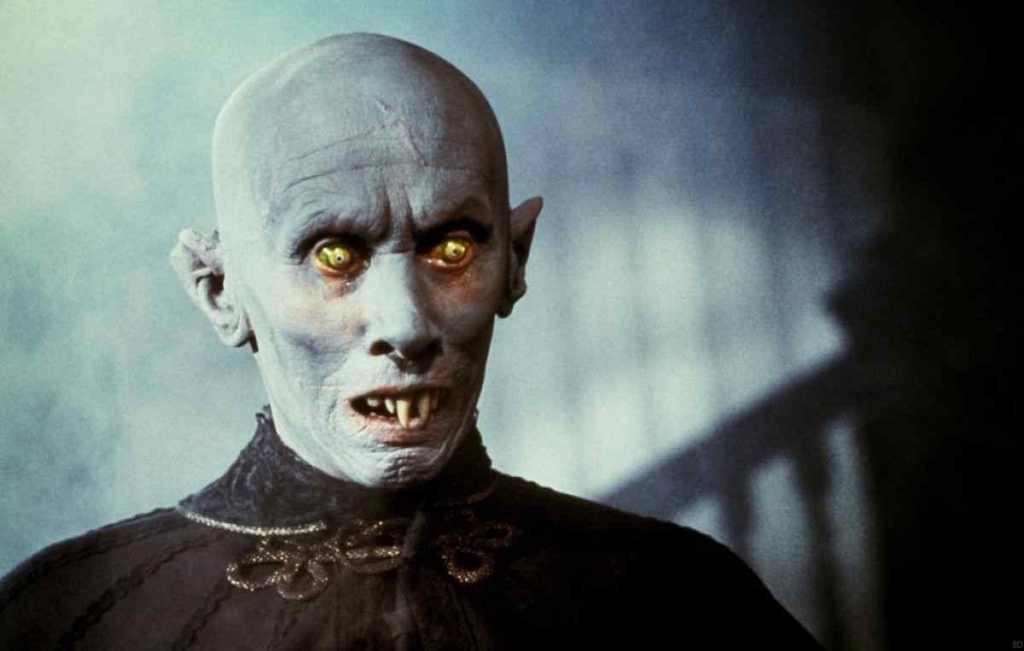
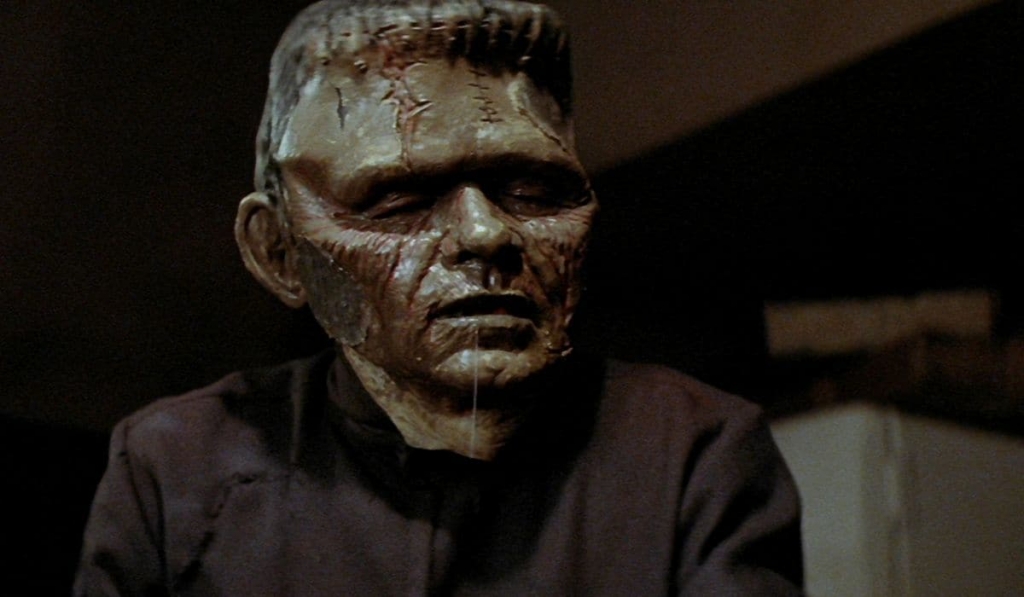
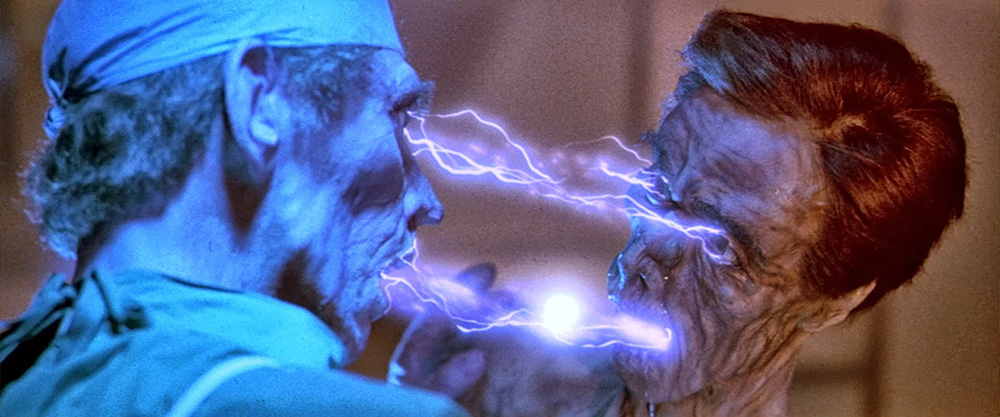
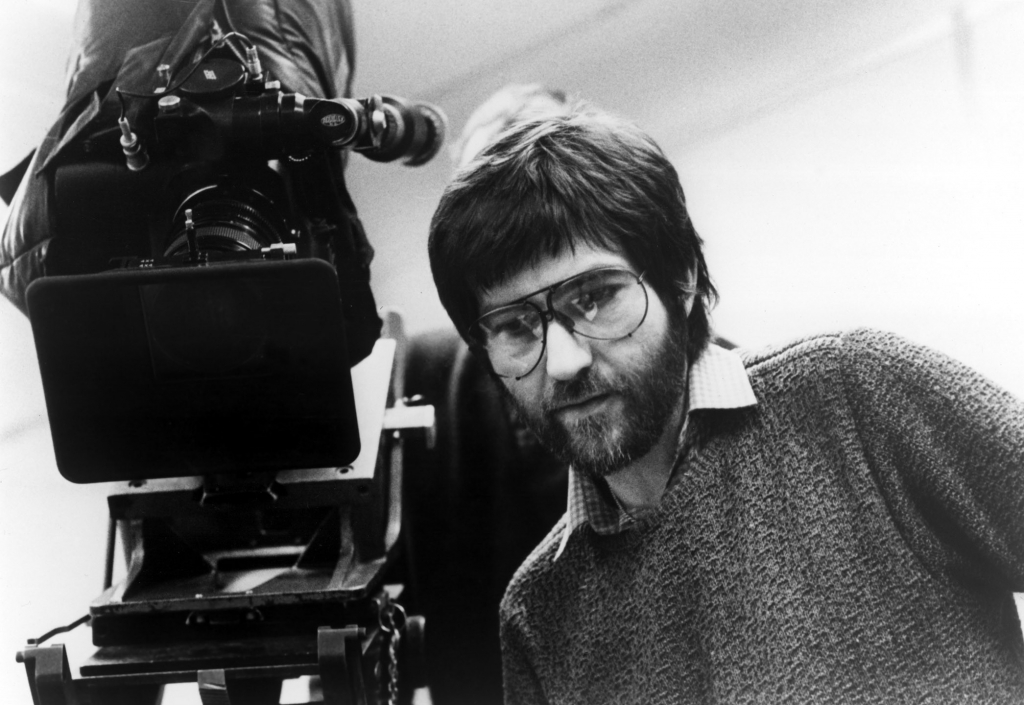
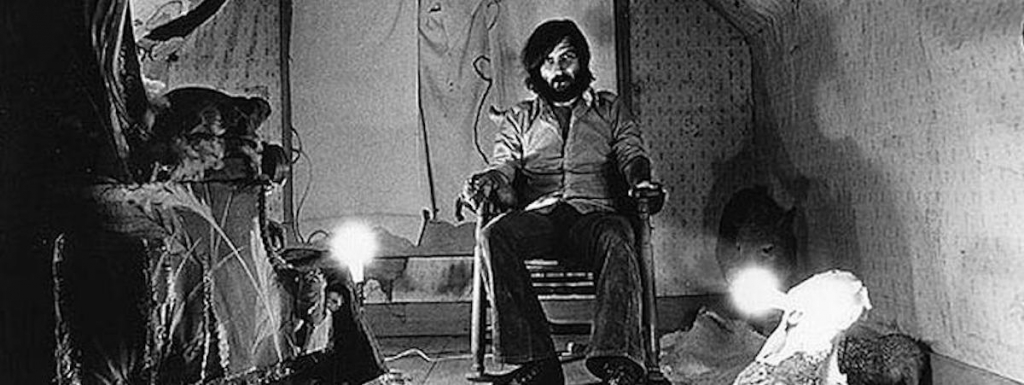
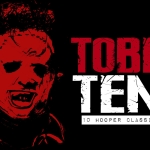
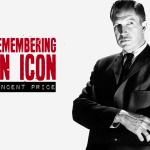

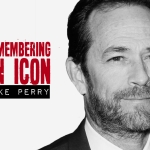






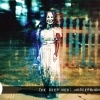
Follow Us!